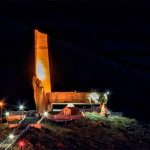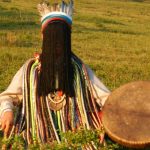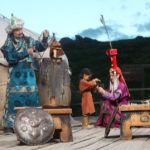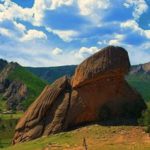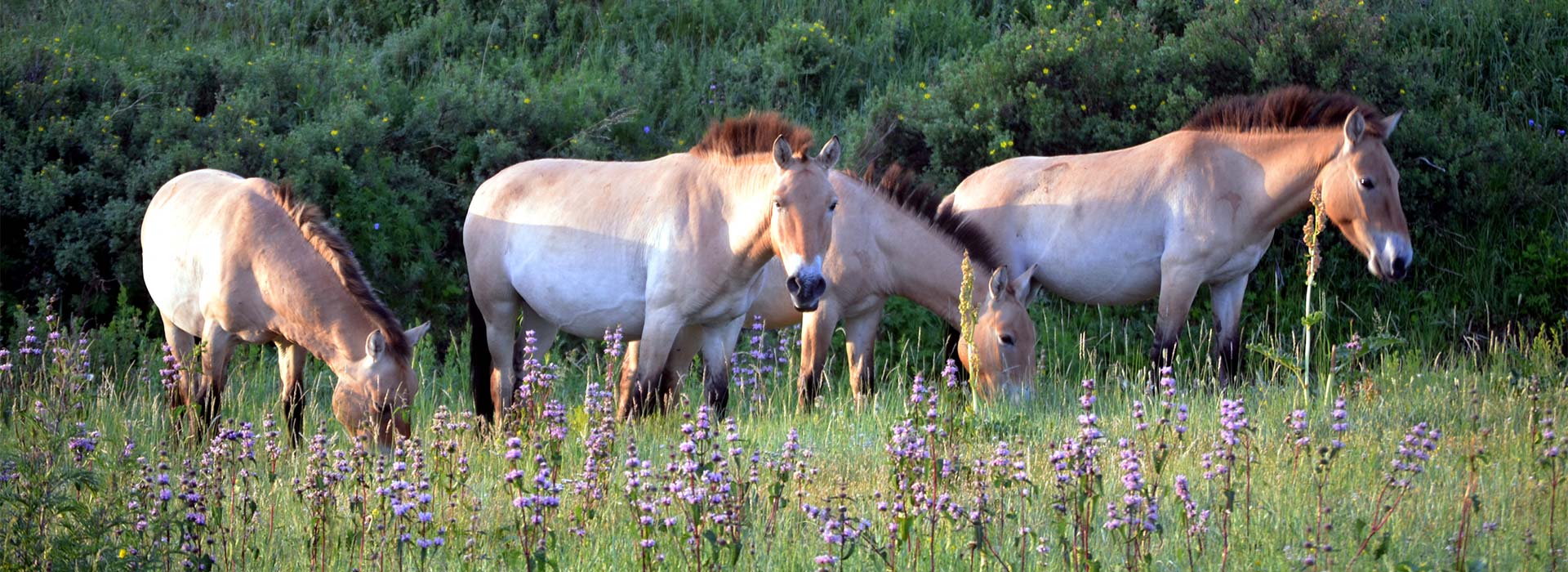
Hustai National Park
Introduction
The Mongolian Government declared Hustai National Park as a Specially Protected Area in 1993, one year after the initiation of the reintroduction project of the Takhi to the Hustain Nuruu. The HNP covers 50.6 ha land which is home to 459 species of vascular plants, 85 species of lichens, 90 species of moss and 33 species of mushrooms. 44 species of mammals have been recorded, including Red deer, Mongolian gazelle, Roe deer, Wild boar, Wild sheep, Ibex, Mongolian marmots, Grey wolves, Lynx, Pallas’ cat, Red fox, Corsac fox and Eurasian badger. The 217 species of birds include Golden eagle, Lammergeier, Great bustard, Whooper swan, Black stork, Daurian partridge and Little owl. There are 16 species of fish, 2 species of amphibians, and 385 species of insects (including 21 species of ants, 55 species of butterflies, 10 species of bush crickets and 29 species of grasshoppers). A new species of soil insect has been found in the Hustai and given the scientific name of Epidamaeus khustaiensis.
Location
Hustai National Park is located about 95 km from the capital city of Ulaanbaatar to the west. The HNP extends through the Khentii Mountains and includes the western edge of the Mongolian steppe at the boundaries of Altanbulag, Argalant and Bayankhangai Soums of Tov province.
| Trip Details |
|---|
| Hustai National Park and
Bayansonginot Community |
| Daily |
Trip Details
Activities
Early Morning:
We’ll depart to Hustai National Park early morning after breakfast. We’ll have a chance to see the wild horses also known as “takhi” horses on low ground. During midday when it’s warm/hot the takhi horses usually go high up to the mountain where they’ll be impossible to see from low ground.
Midday:
- After morning hiking to see the takhi horses we’ll have lunch at the Hustai Ger Camp.
- After morning hiking to see the takhi horses we’ll have lunch at the Bayansonginot nomad family. Lunch is a Mongolian dish prepared by the nomad family.
Afternoon:
After lunch you can join the every day activities of the nomad family.
Takhi:
Also known as Przewalski’s horse (Equus ferus przewalskii) is a rare and endangered subspecies of wild horse (Equus ferus) native to the steppes of central Asia. At one time extinct in the wild (in Mongolia, the last wild Przewalski’s horses had been seen in 1966), it has been reintroduced to it’s native habitat in Mongolia at the Hustai National Park. Most “wild” horses today, such as the American Mustang or the Australian Brumby, are actually feral horses descended from domesticated animals that escaped and adapted to life in the wild. In contrast, Przewalski’s horse has never been domesticated and remains the only truly wild horse in the world today. In the wild, Przewalski’s horses live in small, permanent family groups consisting of one adult stallion, one to three mares, and their common offspring. Offspring stay in the family group until they are no longer dependent, usually at two or three years old. Bachelor stallions, and sometimes old stallions, join bachelor groups. Family groups can join together to form a herd that moves together.
Itinerary map
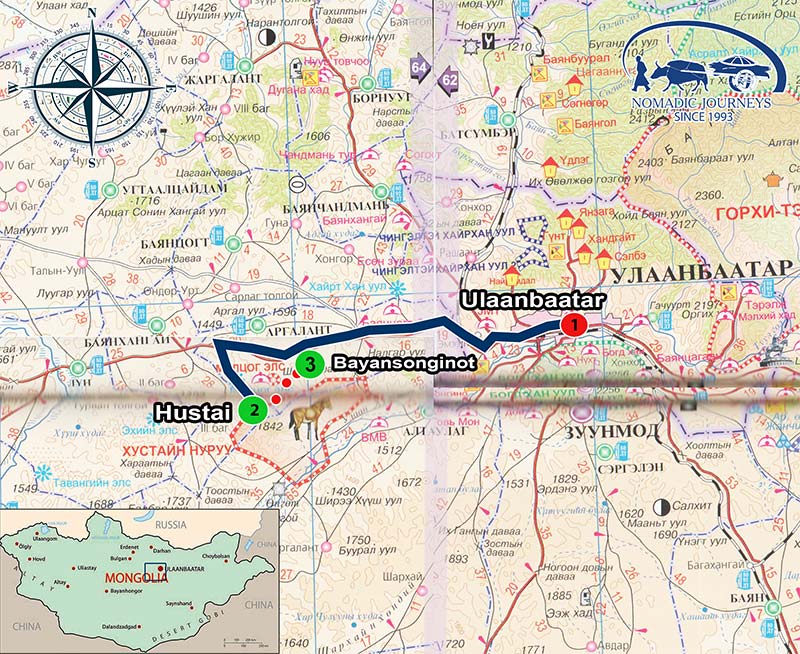
PRICE 2023 ex Ulaanbaatar:
1person: USD 290 per person
2people: USD 180 per person
3people: USD 160 per person
4-7people: USD 140 per person
8+people: USD 100 per person
Practicalities:
Transfers:
Operates daily as shared transfer on fixed times. Departs 09:00 from UB and returns around 17:00.
Includes:
Lunch outside Ulaanbaatar. Transfer to and back. Local English speaking guide. Entrance fees to museum and park.
Excludes:
Laundry, drinks. Arrival and departure transfers and hotel nights in Ulaanbaatar.
Children:
0-2 years free. 3-12 years 50%.
Transfer schedule:
Daily year around.
from UB: 09:00
Back to UB: 17:00
What our guests say
We appreciate your feedback about our tours and services.



